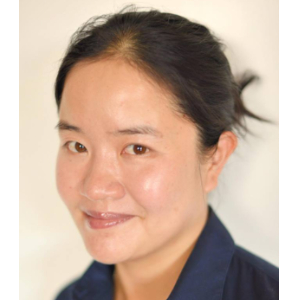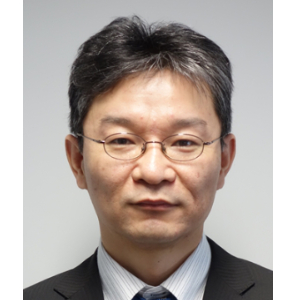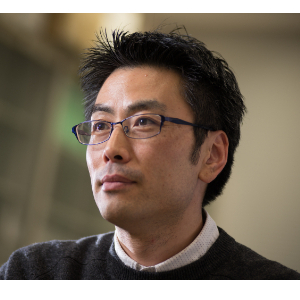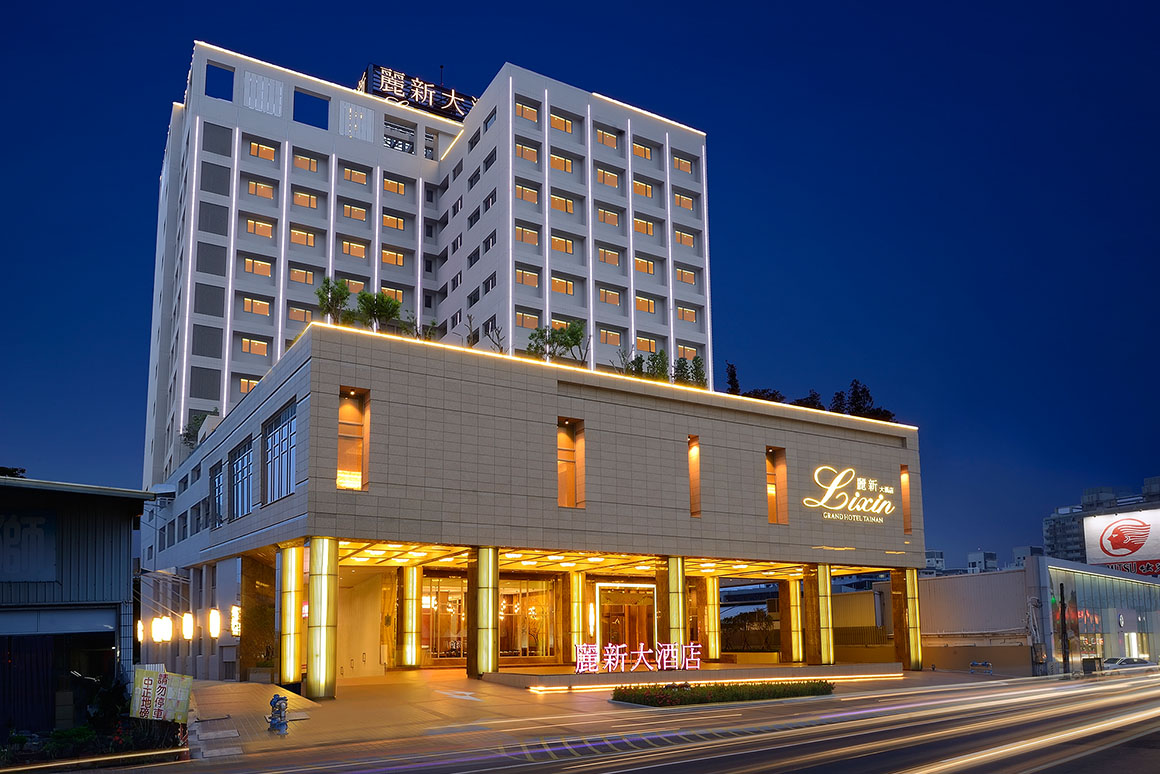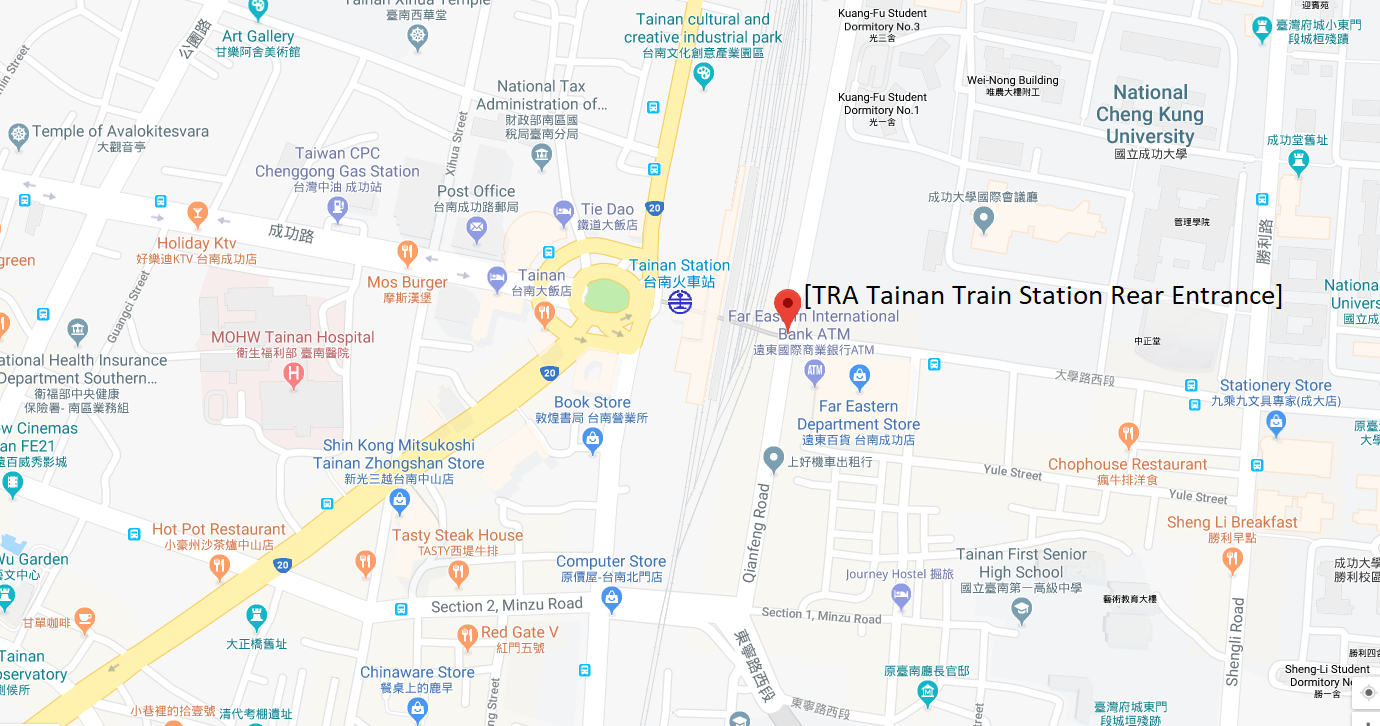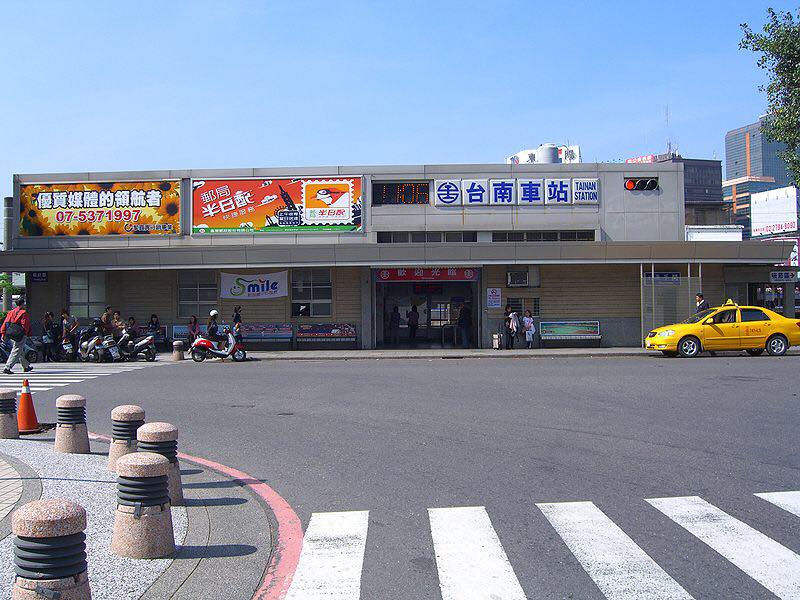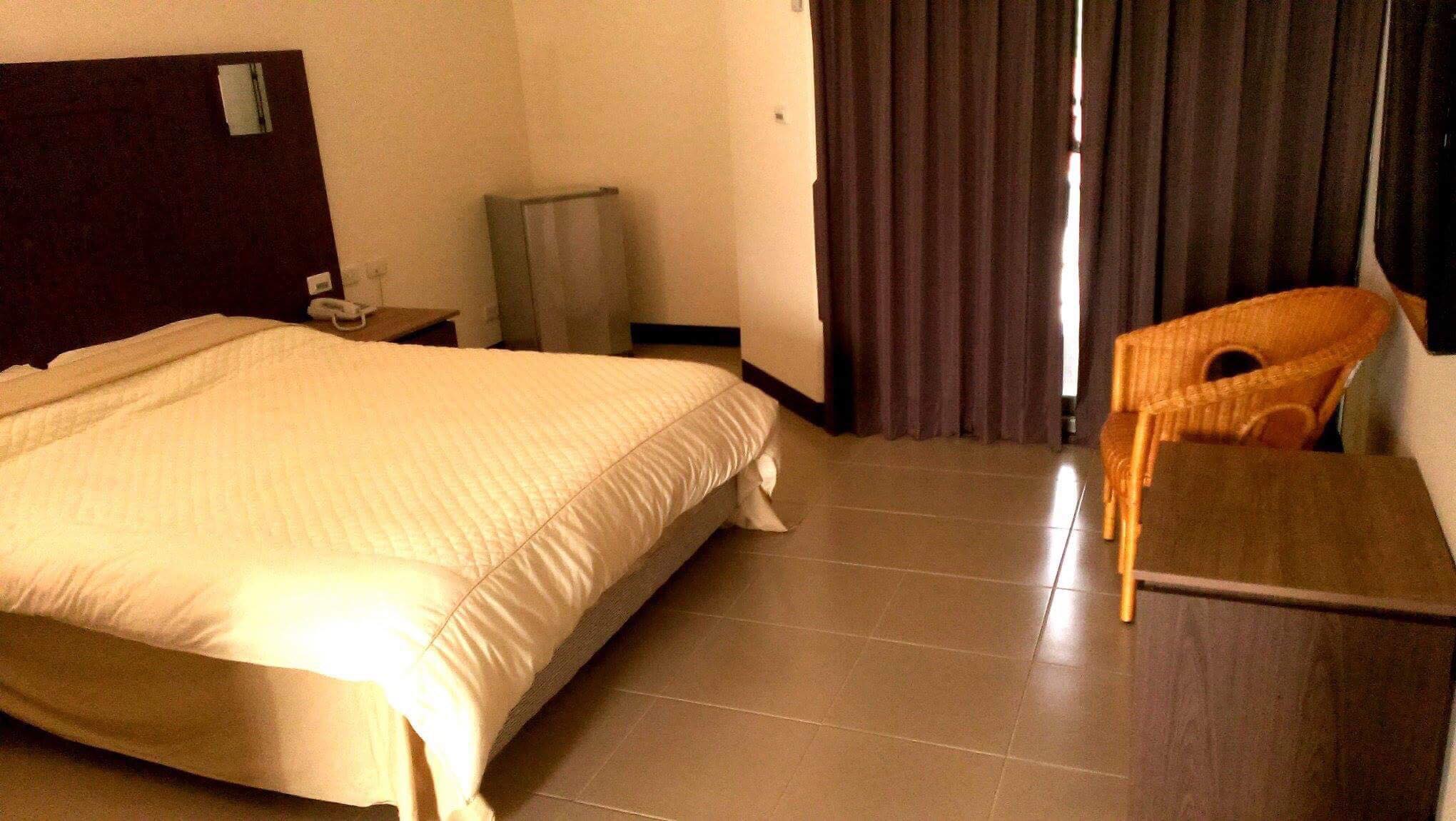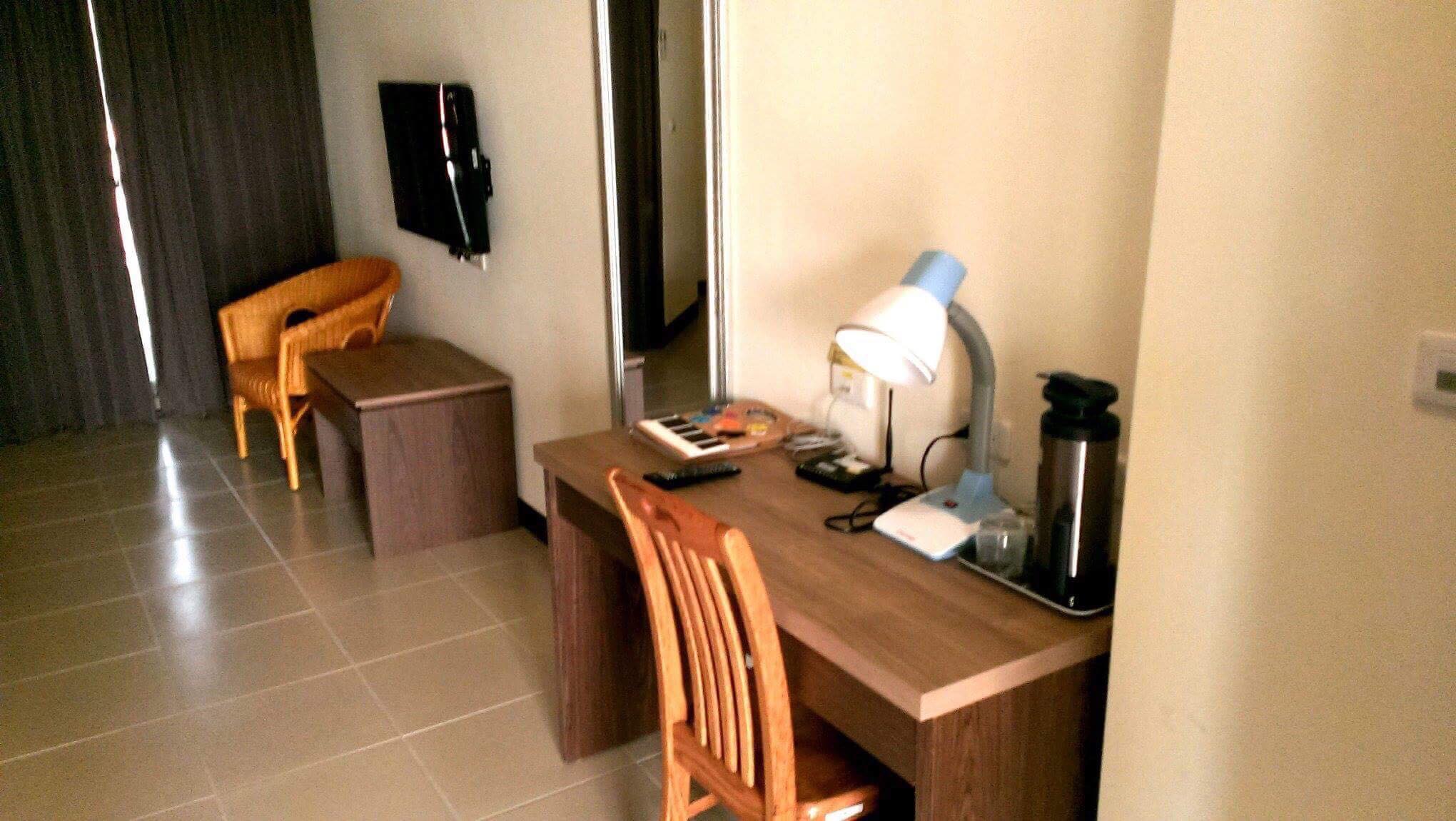Conference Map
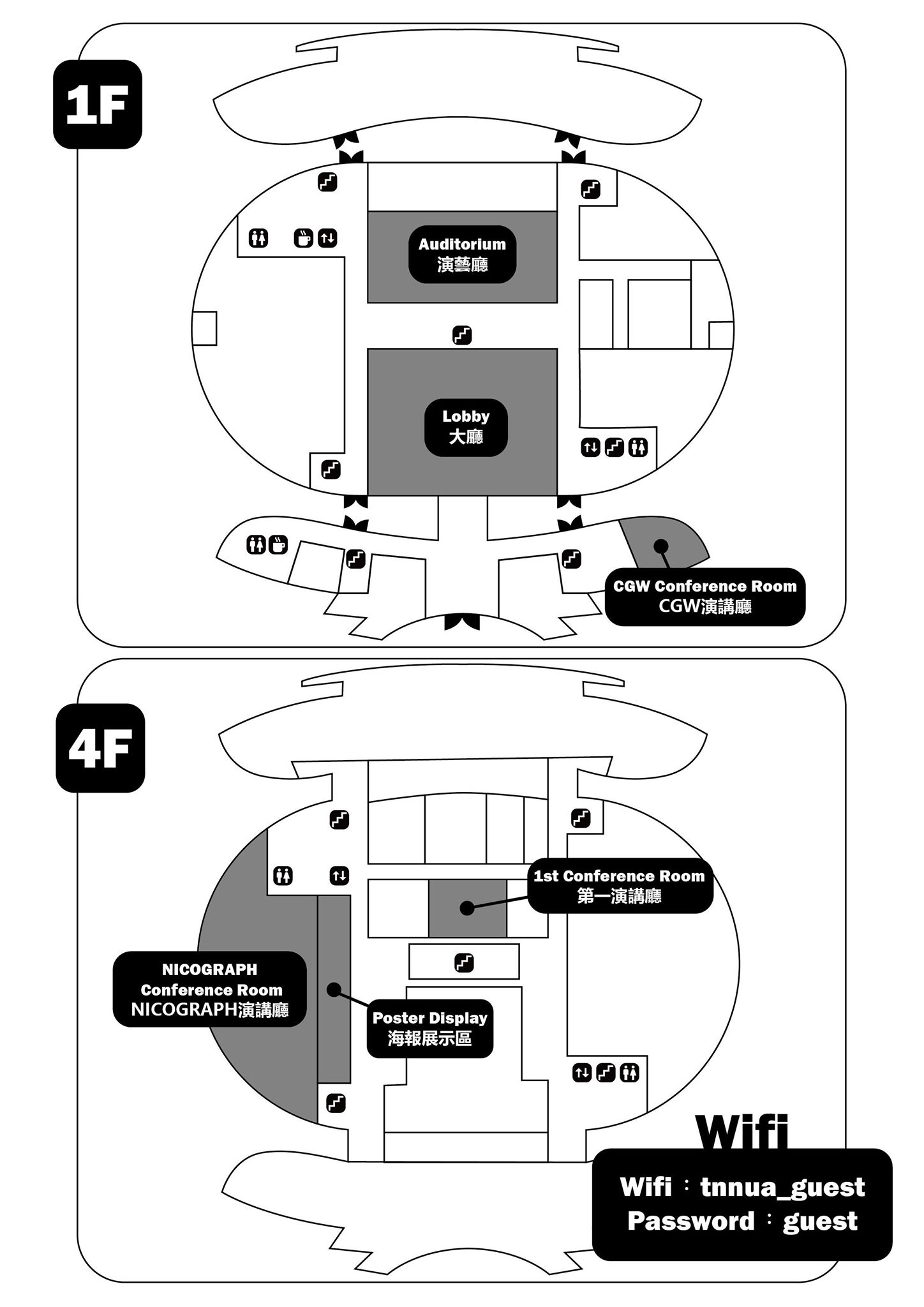
Welcome to NICOGRAPH International 2018
The 17th annual international conference "NICOGRAPH International 2018", Organized by the Society for Art and Science and Tainan National University of the Arts will take place during 29th-30th June 2018 in the rich culture city of Tainan, Taiwan.
NICOGRAPH has quarter-century history. Its foundation can be traced back to 1985. The time-honored annual conferences have been organized by the Society for Art and Science since 2000, which aim at promoting the research combining science and art in computer graphics and related fields as well as to advance the development of interactive media art. In 2002, the first international conference NICOGRAPH International rose out of the domestic series, and since then NICOGRAPH international conference has been organized annually.
The international conference mainly aims at providing good opportunities for young researchers and students to exchange their ideas with young colleagues from all over the world. Through this activity, the organizing committee and supporting members hope to rise the next generation of leaders in the interdisciplinary field combining academy, art and industry.
From 2016, all accepted papers will be included in the conference proceedings to be published by Conference Publishing Services (CPS) (https://www.computer.org/web/cs-cps/) and submitted to the IEEE Xplore and Computer Society digital libraries and submitted for possible indexing through INSPEC, EI (Compendex), Thomson ISI, and other indexing services. Authors of all accepted full papers will also be invited to submit an extended version to the special issue of Journal of The Society of Art and Science.
Topics and keywords of the conference include but not limited to:
Computer Graphics
Computer Vision
Image/Video Processing
Visualization
Non-Photorealistic Rendering
Animation
Multimedia
Virtual Reality/Augmented Reality
Digital Art
E-Heritage
Video Game
Content Design
Affective Computing

